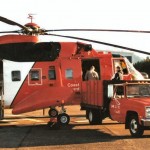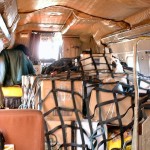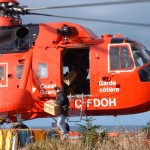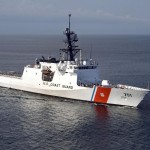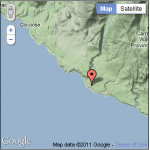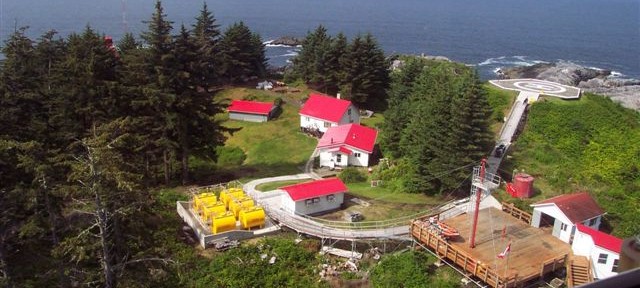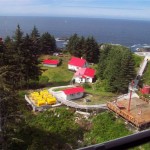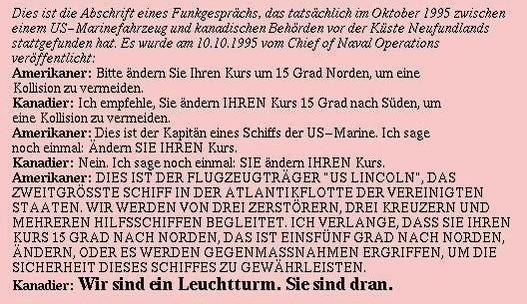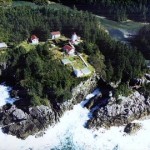 From Parks Canada website on Heritage Lighthouses.
From Parks Canada website on Heritage Lighthouses.
“In May of 2008, Canada adopted a new law that will protect heritage lighthouses, the Heritage Lighthouse Protection Act . It came into force on May 29, 2010. Given its expertise in heritage conservation, Parks Canada was assigned responsibility for the implementation of the Act.”
****************************************
From Heritage BC website:
“Under the federal Heritage Lighthouse Protection Act Canadians can now nominate lighthouses for designation and protection. There is only a two-year window for the nomination process, however, until May 29, 2012. Nominations will be considered by the Historic Sites and Monuments Board of Canada.”
“So far, 56 lighthouses have been nominated, but only three from B.C.: Point Atkinson, Sisters Islets and Sheringham Point.”
“Heritage BC and the provincial Heritage Branch have provided the federal Heritage Lighthouse Program with a list of community organizations and local governments that may have an interest in the 35 B.C. lighthouses identified by Parks Canada as having nomination potential. Parks Canada is writing to these organizations and governments to inform them about the nominations process, and to discover if there is an interest in participating in information sessions. Some sessions have already been held in the Maritimes and more may be scheduled on the west coast in September, if the level of interest warrants.”
For more information, contact Rick Goodacre
rgoodacre@heritagebc.ca
PDF letter LighthouseDesignation_2011-06-29 to Rick Goodacre from Heritage Canada
In answer to the above letter The Land Conservancy of BC wrote:
“Thanks for the reminder and update on this Rick. The Land Conservancy of BC will be moving forward with a number of nominations in the coming weeks, and we are prepared to help coordinate a holistic approach to figuring out what we can/should be doing with respect to Lighthouse protection over the longer term. That includes both the nomination process and then the much more detailed and involved process of taking on responsibility for those lighthouses that the Government will be declaring surplus (which is a lot).”
“At this stage, we want to gather information about who is interested in any specific Lighthouse(s). If your organization, your community or your municipality has a specific interest in protecting the future of a Lighthouse in BC would you please get in touch with us. Either contact myself or Deborah Hudson at: ifawcett@conservancy.bc.ca or dhudson@conservancy.bc.ca , or call at (250) 479-8053.”
Thanks everyone,
Ian Fawcett
Deputy Executive Director, TLC
Ph: (250) 479-8053 or (250) 888-1608
Fax: (250) 744-2251
************************************
Heritage Lighthouse Program
(819) 934-9096
www.parkscanada.gc.ca
(cached snapshot of the Parks Canada website here)
(cached snapshot of the BC Heritage website here)

